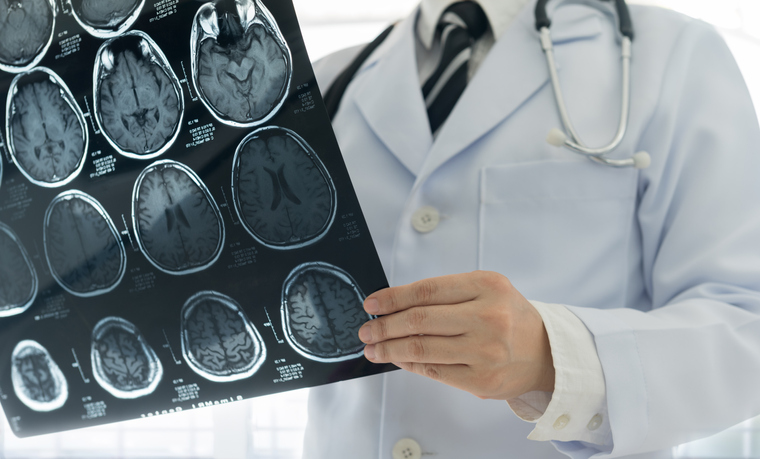
Representational image Istock
Mandi, May 3
Researchers at the Indian Institute of Technology (IIT) Mandi have invented a method to simultaneously study the variations in nerve functions and brain blood flow associated with brain disorders such as ischemic stroke.
The method will help locate and classify the damaged sites (lesions) in the brain, brought about by or leading to neurological diseases.
It is based on the fact that intricate interactions between nerve cells (neurons) and blood vessels (vasculature), called the NeuroVascular Coupling (NVC), regulates blood flow in the brain. Diseases such as ischemic stroke adversely affect the NVC. When the nerve impulses do not trigger the required blood flow, it results in NVC. Timely detection of NVC is critical for the prevention, diagnosis and treatment of such diseases.
Using the method, a benign electrical current is given to the brain through electrodes, and the responses of the brain in terms of nerve action and blood flow are simultaneously measured by Electroencephalography (EEG) and Near-infrared Spectroscopy (NIRS).
While EEG and NIRS are already used independently, the new prototype combines them into a single point-of-care unit to get a more accurate picture of the NVC.
The data thus obtained is fed into mathematical models to detect the problems in NVC, which can point to neurological diseases. In addition to detecting these abnormalities, this method can pinpoint the location at which the uncoupling exists, thereby providing a better handle on the problem area.
The findings have been published in the IEEE Journal of Translational Engineering in Health and Medicine.
"The simultaneous assessment of nerve function and brain blood circulation would allow urgent treatment decisions to be made quickly in cases of stroke and hypertension," Shubhajit Roy Chowdhury, Associate Professor, School of Computing & Electrical Engineering, IIT Mandi, said in a statement.
The method can also help in identifying the progress of diseases such as Parkinson's and can in fact predict the occurrence of these diseases even before showing of symptoms. IANS
Join Whatsapp Channel of The Tribune for latest updates.



























